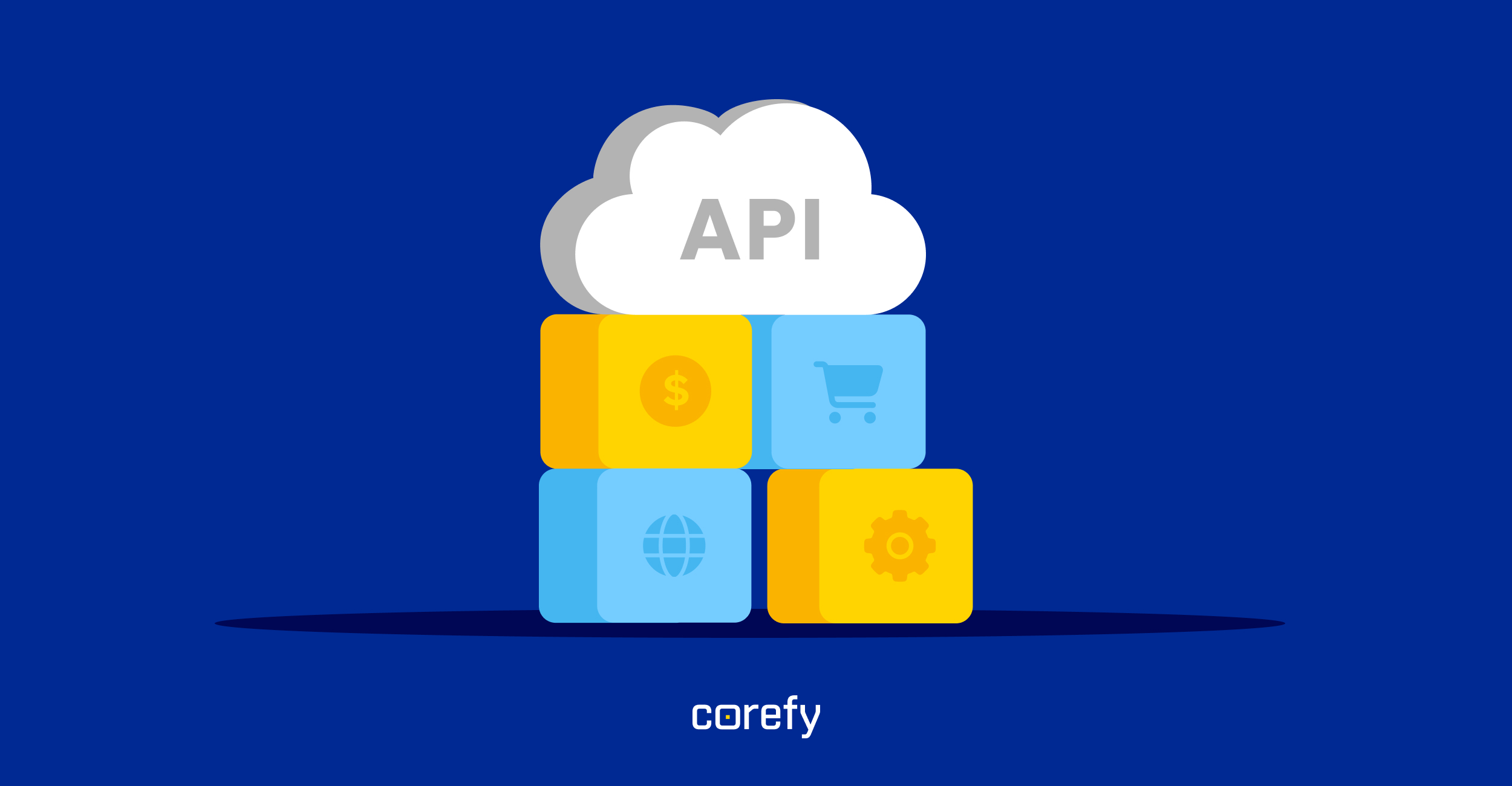Imagine you could build a payment orchestrator like a Lego set — what blocks would be essential, and which missing pieces would break the whole thing?
In this article, we’ll go layer by layer, walking you through everything that makes a payment orchestrator tick — from fundamentals you need to get started to optional layers that make it more versatile and white-label payment gateway solutions that add extra revenue streams.
Basics of a payment orchestrator explained
At its core, a payment orchestrator or payment orchestration platform (POP) is software that offers ready-made integrations with payment providers and acquirers, allowing you to unify all providers where you hold accounts in one place to manage, route, and optimise transactions according to your strategy.
.png)
Think of it as a control tower that:
- Receives payment instructions from payers through merchants.
- Decides how and where to send those instructions.
- Translates data formats between different systems.
- Helps merchants track results and take action.
It plays multiple roles in the payment lifecycle, routing transactions, adapting to instant changes like downtimes, retrying, converting currencies, and collecting financial metrics.
What is payment orchestration
Payment orchestration is the process of bringing together multiple payment service providers, gateways, and acquirers into a single platform. It adds a layer of tools and logic to streamline payment processing, routing, and management.
Payment orchestrator vs. Payment gateway
Payment gateways and payment orchestrators are closely related and sometimes even used interchangeably, but they serve different roles in the payment process.
A gateway connects a merchant’s website to a payment processor, securely transferring payment data. While an orchestration platform goes a step further, it manages payments across multiple gateways, acquirers, and alternative methods, optimising the entire flow and helping to orchestrate the whole payment setup literally.
When orchestration is done right, the user simply sees a clean and intuitive payment page, while the complex backend work stays hidden and is handled seamlessly by the platform.

| Payment gateway | Payment orchestrator | |
|---|---|---|
| Core function | Processes and authorises transactions | Routes transactions across multiple payment providers & gateways |
| Technology infrastructure | Limited to a single provider | Integrates multiple gateways and provides through a single interface |
| Multi-processor support | Not supported o limited | Fully supported |
| Adaptability | Limited customisation & flexibility | Allows quick adaption to new payment methods, regions, and business needs |
| Reporting | Siloed to one provider | Consolidated data& reporting across all providers |
Payment orchestrator: essential components
If you’re an aspiring payment orchestrator enthusiast, you need a well-defined foundation before your business can scale or evolve. Think of it as an MVP with just enough to get payment flows up and running.
While several layers and optimisations can be added later, we’ve collected the basic architecture that needs to be in place for anything to work at all.
Interface layer: checkout
Checkout is the payment page or form where users enter payment details and confirm their purchase. It’s the part of a payment orchestrator that they directly interact with.
Often appearing as a hosted page or an embedded widget, checkout handles more than just collecting card data. It captures everything needed for transaction processing and, in more advanced setups, can adjust to the user’s region, language, device, and preferred payment method to increase approval rates. The checkout’s goal is to keep the user experience clean while hiding the underlying complexity.
Key functions of the checkout:
- Collects user input (card number, name, etc.).
- Initiates the transaction by communicating with the backend.
- Supports multiple payment methods and currencies.
- Can be hosted by the solution provider (redirect-based), self-hosted, or embedded directly into the merchant's site.
- Connects to the orchestrator via standard APIs.
Execution layer: processing core
While the checkout is what users interact with, the processing core is what makes the payment happen. It’s the part that handles all the technical workflows and ensures transactions move from initiation to completion.
In simple terms, once the user clicks ‘Pay’, the processing core takes over. It validates the input, applies routing rules, manages retries if something goes wrong, and tracks the payment attempt through various states, such as success, failure, pending, etc.
Though invisible to the end user, this layer plays a critical role in the payment experience. It also needs to be flexible enough to support multiple payment flows (e.g., card, wallet, bank transfer) and resilient enough to handle high volumes without delays or errors.
Key functions of the processing core:
- Validates incoming payment requests, checking data format, required fields, and other details.
- Manages payment attempt lifecycles, initiating, updating, and closing payment states.
- Handles retries when a transaction fails.
- Coordinates between checkout, routing engine, and provider connectors.
- Maintains transaction status records for tracking and reporting.
- Supports multi-method flows (e.g., different flows for cards, wallets, local payments).
- Communicates with the routing engine to choose the optimal provider path.
Integration layer: connectors with payment providers
Once the payment request is processed and routed, it must reach the correct payment service provider. That’s where the integration layer comes in.
In a payment orchestrator, integrations, also known as connectors, are responsible for bridging the internal system with external payment providers, banks, acquirers, and alternative payment methods.

The quality and flexibility of the integration layer determine how easily the orchestrator can cater to businesses’ needs, help them scale, adapt to new regions, and maintain reliability.
Key functions of integrations:
- Translates internal API calls into provider-specific requests and normalises provider responses back into a unified format.
- Handles authentication, encryption, and compliance with each provider’s standards.
- Monitors connection health and error handling.
- Allows quick onboarding of new payment providers through modular, reusable components.
Optimisation layer: smart payment routing
Payment routing is the orchestrator’s internal logic that decides how each payment should be processed. Instead of sending every transaction to a default provider, it dynamically chooses the best path based on the user's predefined routing rules and real-time data.
Smart routing improves success rates, helps merchants decrease costs, and ensures a smooth payment experience — all without users even noticing what’s happening in the background.
Routing logic can work in two ways:
- Static routing: transactions are sent through pre-configured, fixed routes, regardless of changes or issues along the way.
- Dynamic routing: the system adapts in real time, selecting the best available route to maximise the chances of a successful transaction.
To add a smart routing layer to your payment orchestration platform, you need to build a decision-making module, plug it into your transaction flow, and continuously update it with new rules and data.
Key functions:
- Selects the best payment provider for each transaction based on the merchant’s rules.
- Applies routing rules based on method, card brand, region, currency, transaction amount, risk profile, and more.
- Supports fallback scenarios if a provider is unavailable.
- Optimises for approval rates, costs, or other KPIs.
- Maintains flexibility to update routing strategies without major technical changes.
See how smart routing works at Corefy 👇
Currency conversion layer: enabling cross-border payments
The dynamic currency conversion (DCC) layer allows orchestrators handle payments in different currencies without breaking the flow. It ensures that a user paying in euros, dollars, or any local currency can complete the payment seamlessly, even if the merchant operates in a different base currency.
If your orchestrator serves businesses within the same country or currency zone, DCC is not mandatory for your MVP. But for cross-border payments and broader customer reach, having a currency conversion module becomes essential.

This layer can either passively support different currencies (if the provider handles it) or actively convert amounts based on real-time exchange rates, internal rules, and available settlement options.
Key functions:
- Handles conversion between currencies at the transaction level.
- Supports displaying prices in local currencies for end users.
- Applies configured exchange rates or fetches live rates from sources.
- Optimises currency routing (e.g., choosing a provider based on the transaction’s currency).
- Manages settlement currency differences between provider and merchant accounts.
- Tracks conversions for reporting and reconciliation.
Merchant’s control layer: payment dashboard
A payment dashboard is where all the moving parts behind the scenes become visible and manageable for businesses that use payment orchestrators.
In simple terms, the dashboard acts as a control centre where merchants can monitor, manage, and analyse their entire payment ecosystem from transaction statuses and provider performance to routing rules and balance reports.
The dashboard offers clarity. It allows businesses to spot issues early, monitor success rates, understand customer behaviour, and make informed decisions without needing to dig into raw technical data.
Depending on the setup, a good dashboard can provide:
- Real-time transaction tracking to monitor success and failure rates.
- Analytics and reporting on conversion rates, retries, declines, and routing outcomes.
- Monitoring of PSP and acquirer performance across different markets.
- Management tools for payment methods, routing rules, and provider credentials.
- Alerting and notifications in case of anomalies, failures, or suspicious activity.
- User and role management to control access within a merchant’s team.
In short, the dashboard connects the merchant to everything the orchestrator does, offering both high-level overviews and the ability to drill into the fine details when needed.
Done right, it saves hours of manual checks, reduces operational overhead, and helps businesses spot growth opportunities or potential bottlenecks early on.
Beyond the MVP: additional components to make your orchestrator thrive
As your payment orchestrator grows and your customers become more mature, the need for additional components rises. Here are the building blocks that help your orchestrator support more business models, scale across regions, and meet the needs of different industries.
Payout engine
Accepting payments is only half the job. At some point, you’ll also need to send money out. That’s where a payouts engine comes in. It helps businesses easily transfer funds to suppliers, freelancers, or end-users, regardless of the currency or country. Think of a gambling platform that needs to pay out winnings — without a smooth, reliable payout setup, things quickly fall apart.
Monitoring & analytics
When your payment volumes start growing, flying blind just isn’t an option. A real-time monitoring system lets you keep tabs on what’s working and what’s not across all providers and payment methods. Analytics helps you catch issues early, spot patterns, and understand what’s driving your success (or holding it back). With clear, instant insights, you can scale confidently without getting blindsided by hidden problems.

Fraud prevention
You can’t be everywhere at once, but your fraud prevention system can. A good one quietly checks every transaction as it happens, spotting red flags, strange behaviour, or anything that just doesn’t add up. Using device fingerprinting or smarter rules behind the scenes, it helps stop fraud before it hits. And as your transaction volume grows, having those automatic checks in place becomes less of a nice-to-have and more of a must.
Dispute and chargeback management
As your payment flow grows, so will disputes and chargebacks. Managing them manually can become a mess and jeopardise your bottom line. A built-in chargeback prevention system can take the weight off by automating alerts, gathering evidence, and guiding you through resolution steps. Spotting patterns early not only helps prevent losses but also gives you insight to fine-tune your payment setup before problems pile up.
Compliance layer
Expanding globally means playing by the rules everywhere. A solid compliance layer takes care of things like KYC, KYB, and AML checks, helping to ensure your payments stay in line with regulations like GDPR and PSD2. It keeps both your business and your customers safe from legal trouble and costly mistakes, so you can grow with confidence, not headaches.
Tokenisation service
Tokenisation locks down sensitive card and payment data by replacing it with secure tokens that can’t be misused, even if intercepted. It also keeps recurring payments running smoothly, even if a card is reissued, the token stays valid. Supporting network tokenisation and PCI DSS compliance is key to earning trust and operating globally.
Reconciliation tools
When transaction volumes climb, keeping track manually becomes a nightmare. Smart reconciliation tools automatically match transactions with settlements across multiple providers and currencies. Add it to your orchestrator, and you’ll save your customers hours of manual work, prevent mistakes, and make their finance teams a lot happier.
Sandbox and developer environment
For developers, a great sandbox is a dealbreaker. It lets teams simulate real-world payment scenarios, test integrations, and troubleshoot easily before going live. A smooth developer experience means faster launches and fewer production headaches.
White-label capabilities
Adding white-label capabilities lets your customers use your platform as their solution, fully customising the payment experience to fit their brand, website, and business model. It gives them more control, boosts their brand visibility, and opens up new business models without requiring them to build infrastructure from scratch. It’s a win-win: they get more control and brand visibility, and you open the door to larger clients and extra revenue.
Do I need a payment orchestrator
Handling payments with a single gateway might seem enough only for small businesses operating in one region and having no scaling plans. But as you grow, enter new markets, or offer more payment methods, the payment landscape quickly becomes complicated.
Without payment orchestration, every new connection – whether a PSP, gateway, acquirer, or alternative payment method (APM) – demands separate integration, monitoring, and maintenance. Over time, this web of connections becomes more complicated to manage, increasing the risks of failures, delays, and inefficiencies.
.png)
A payment orchestrator acts as a smart layer between your business and all your payment partners. It simplifies everything into one integration, making it easier to add new methods, route payments, handle errors, and adapt to changes.
Here’s how Corefy helps build smarter
Building a payment orchestrator takes significant time, investment, and technical resources. If you aim to transform payment chaos into a manageable, scalable system within 12-18 months, consider a ready-made, white-label platform. It lets you get started in months and focus on business development, leaving all technical issues to your white-label solution provider.
We’ve built a white-label payment solution to support global payments and the specific needs of local markets and niche industries. Years of real-world expertise helped us pack it with 500+ integrations and essential features.
On top of that, we offer a payment team as a service, helping you get the most out of the platform, adapt faster, and grow confidently.



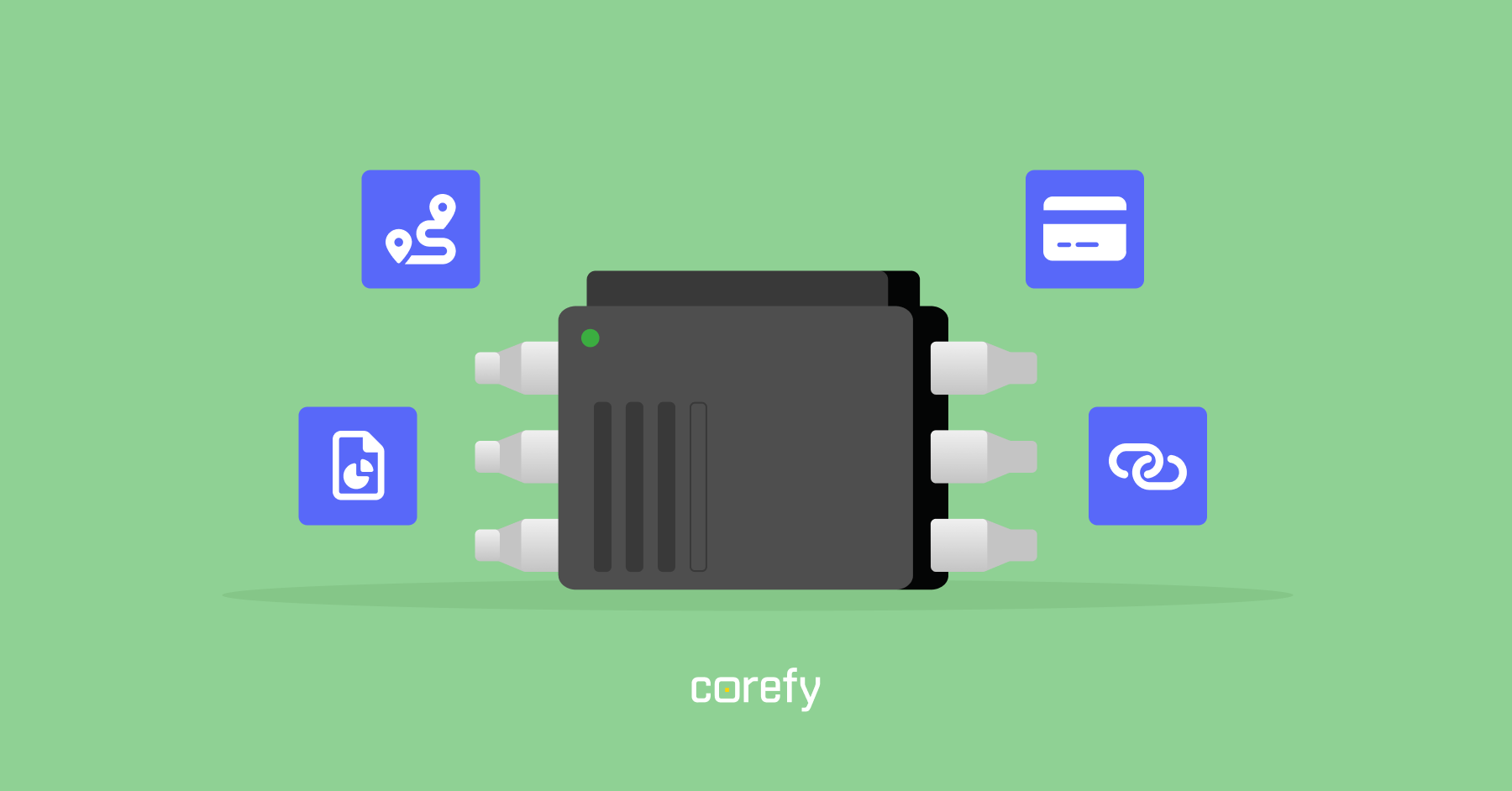
.jpg)
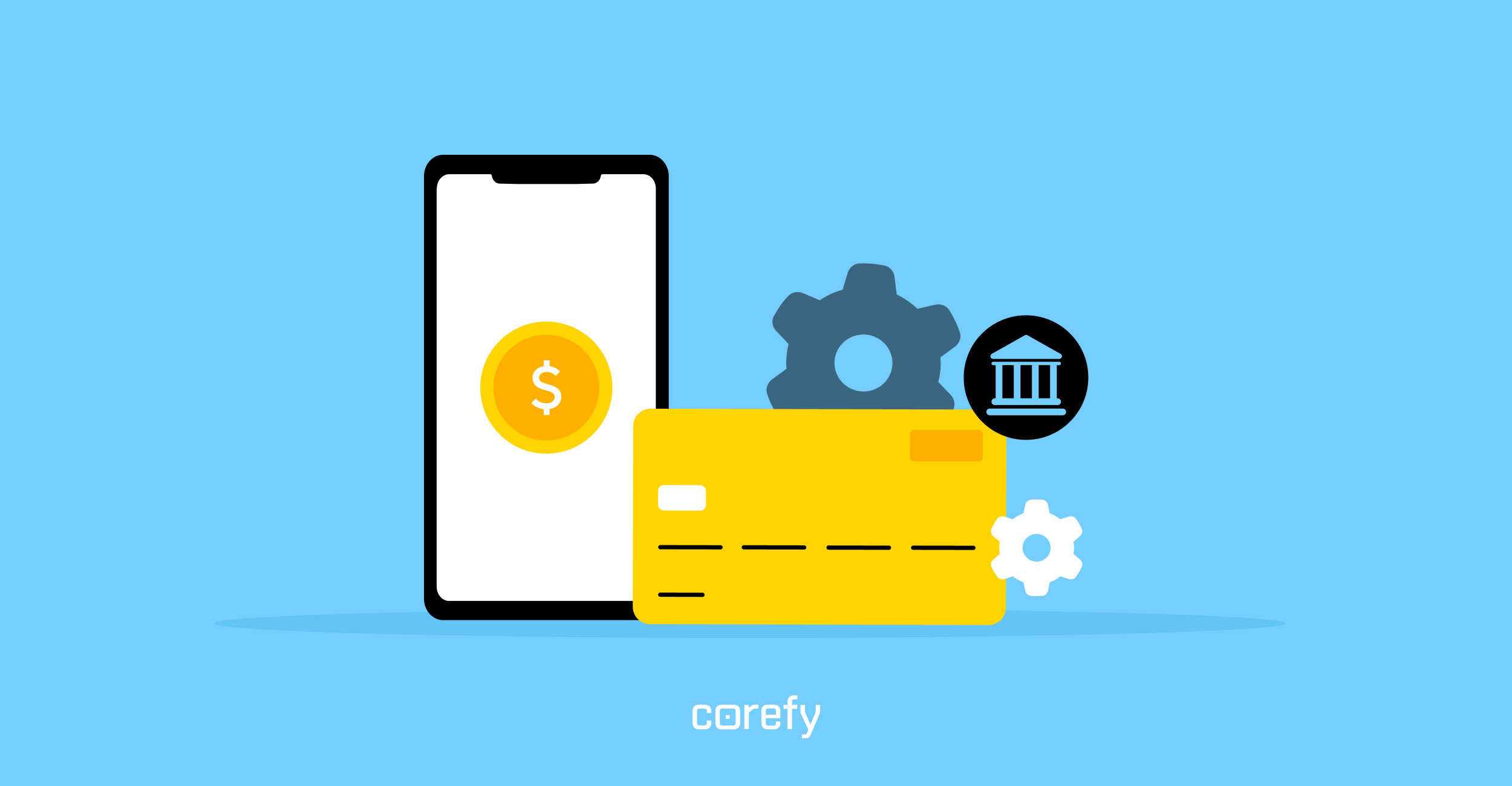
.jpg)
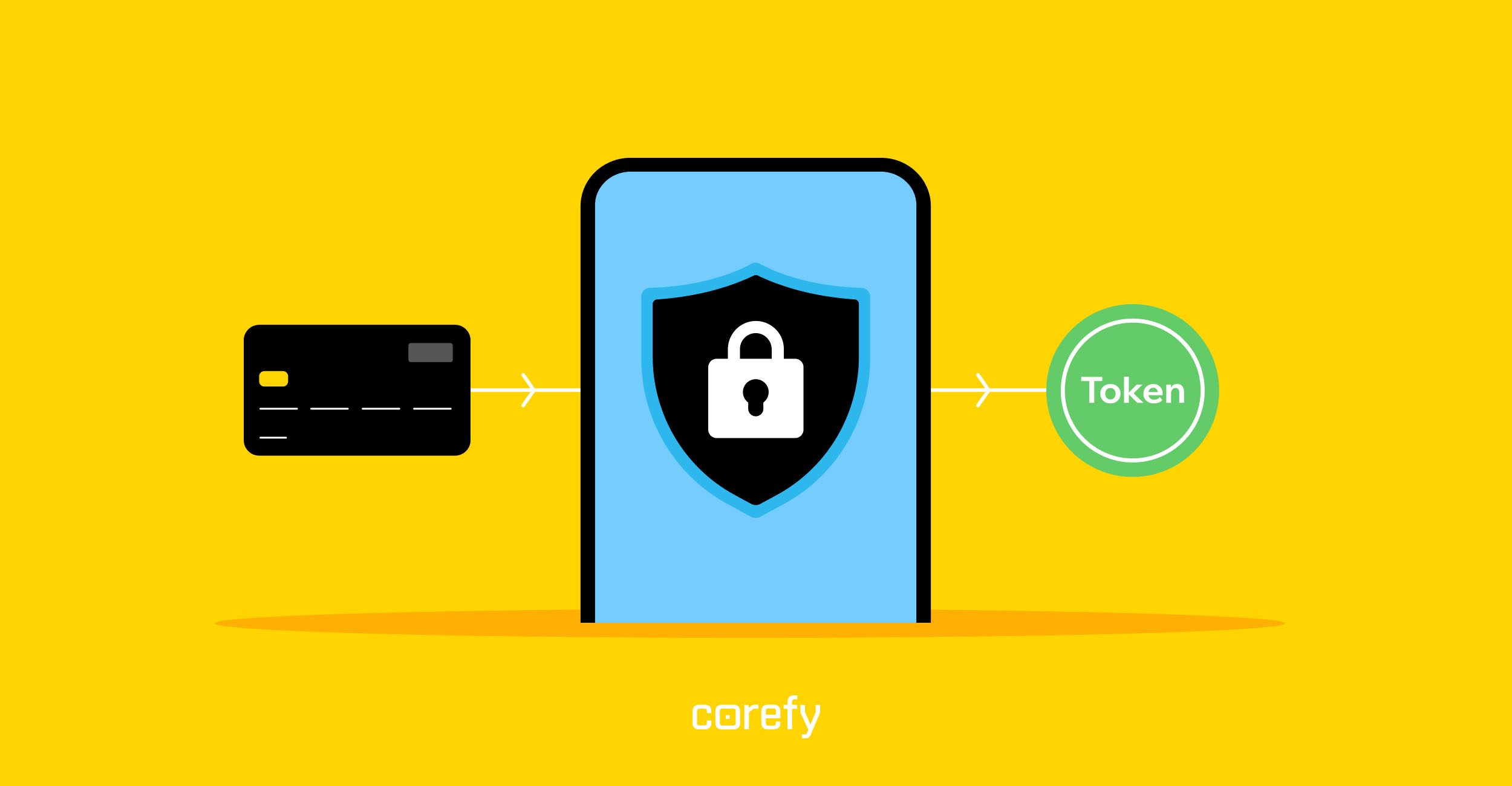
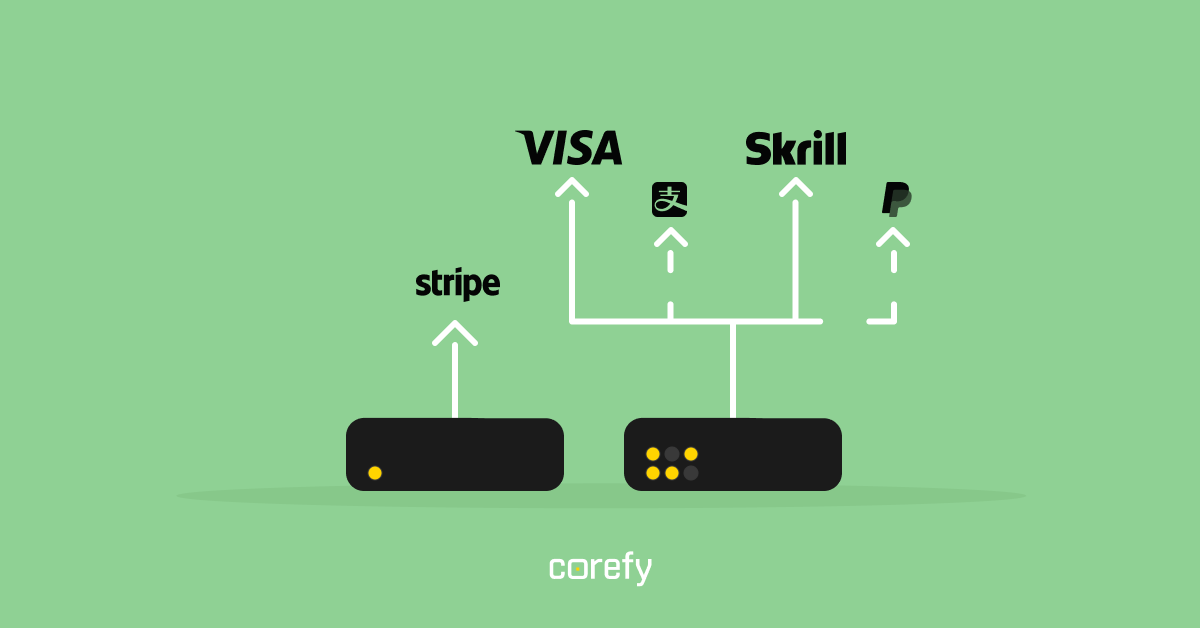
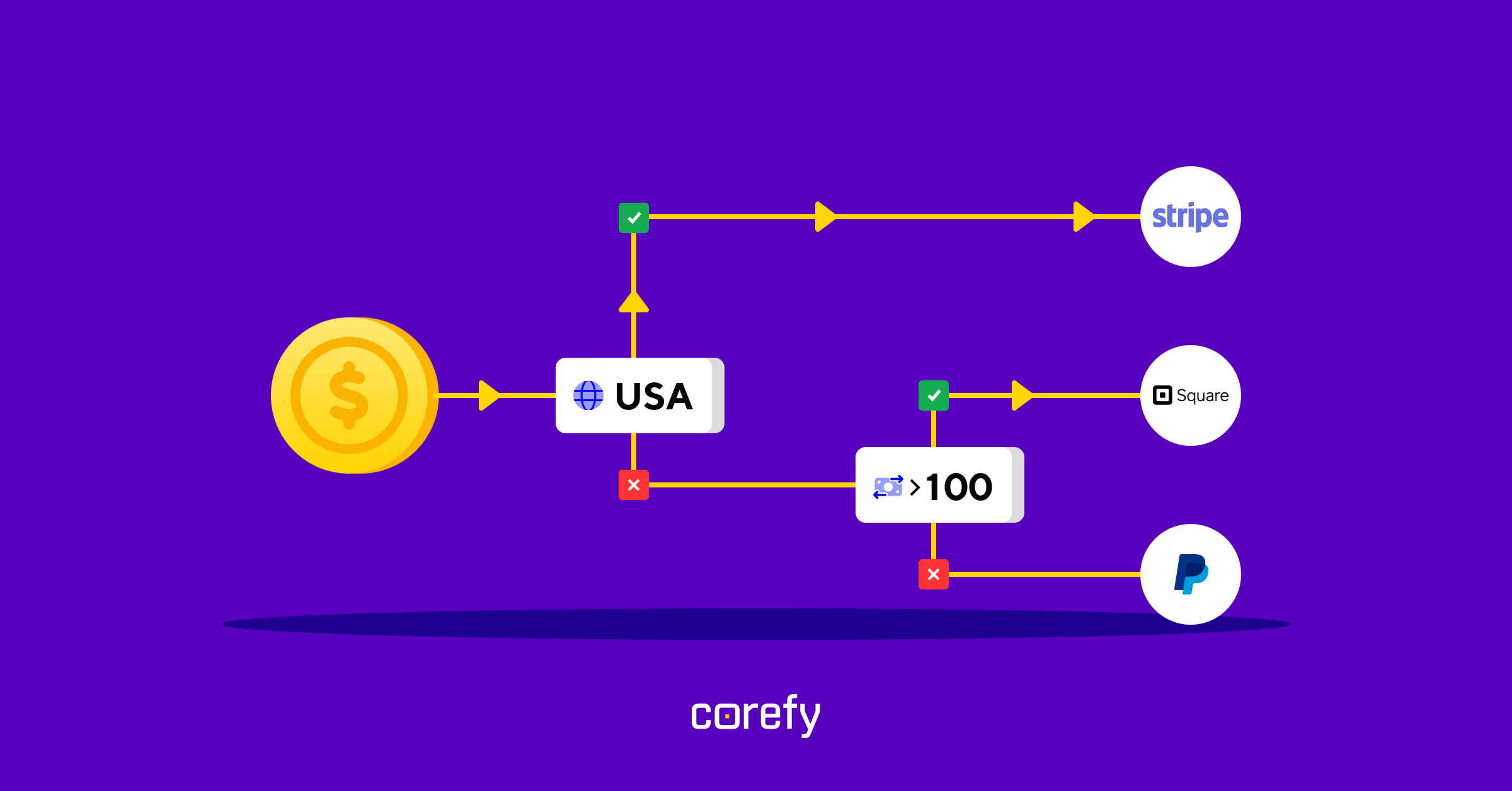
.jpg)
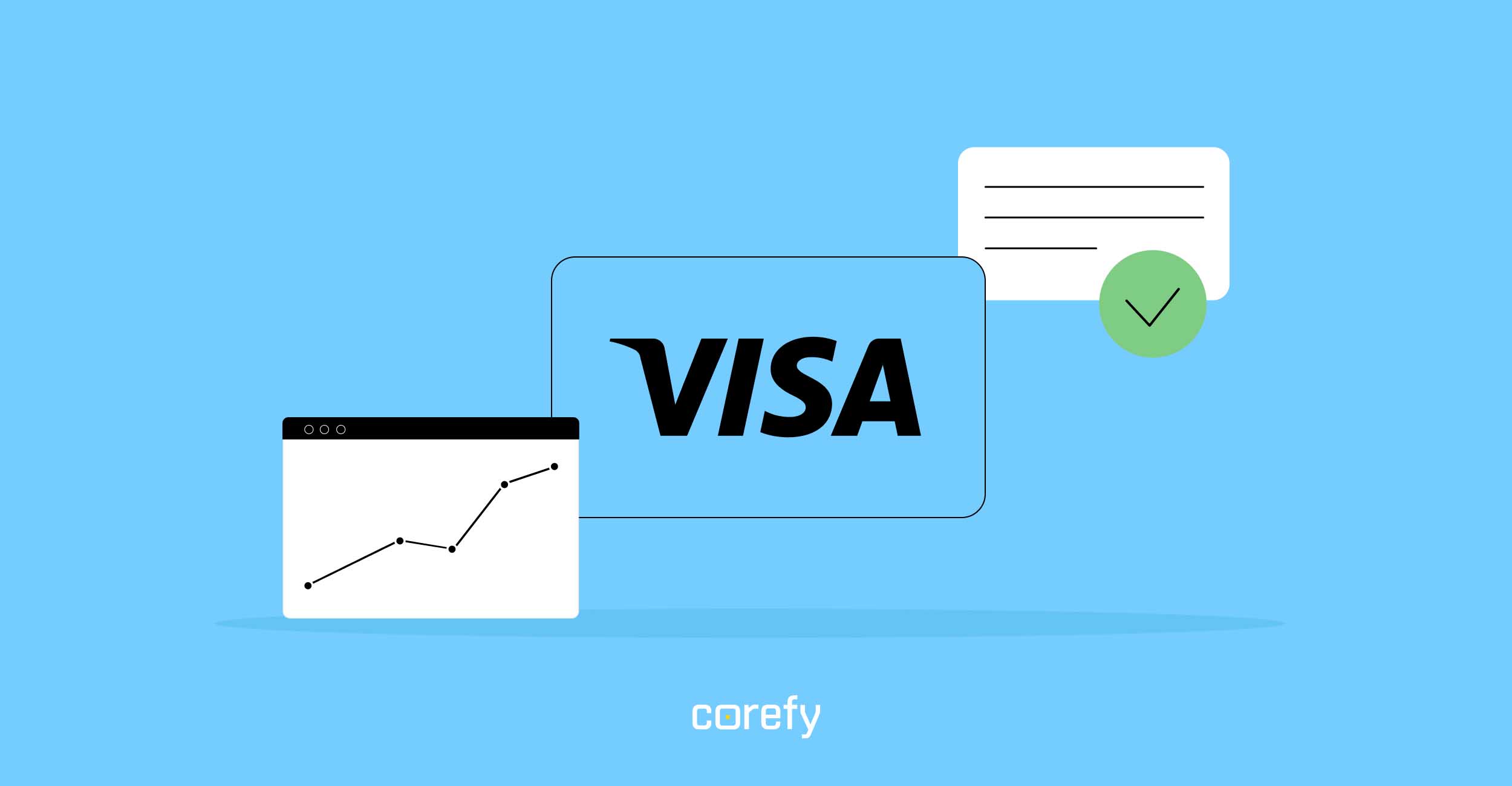
.jpg)
